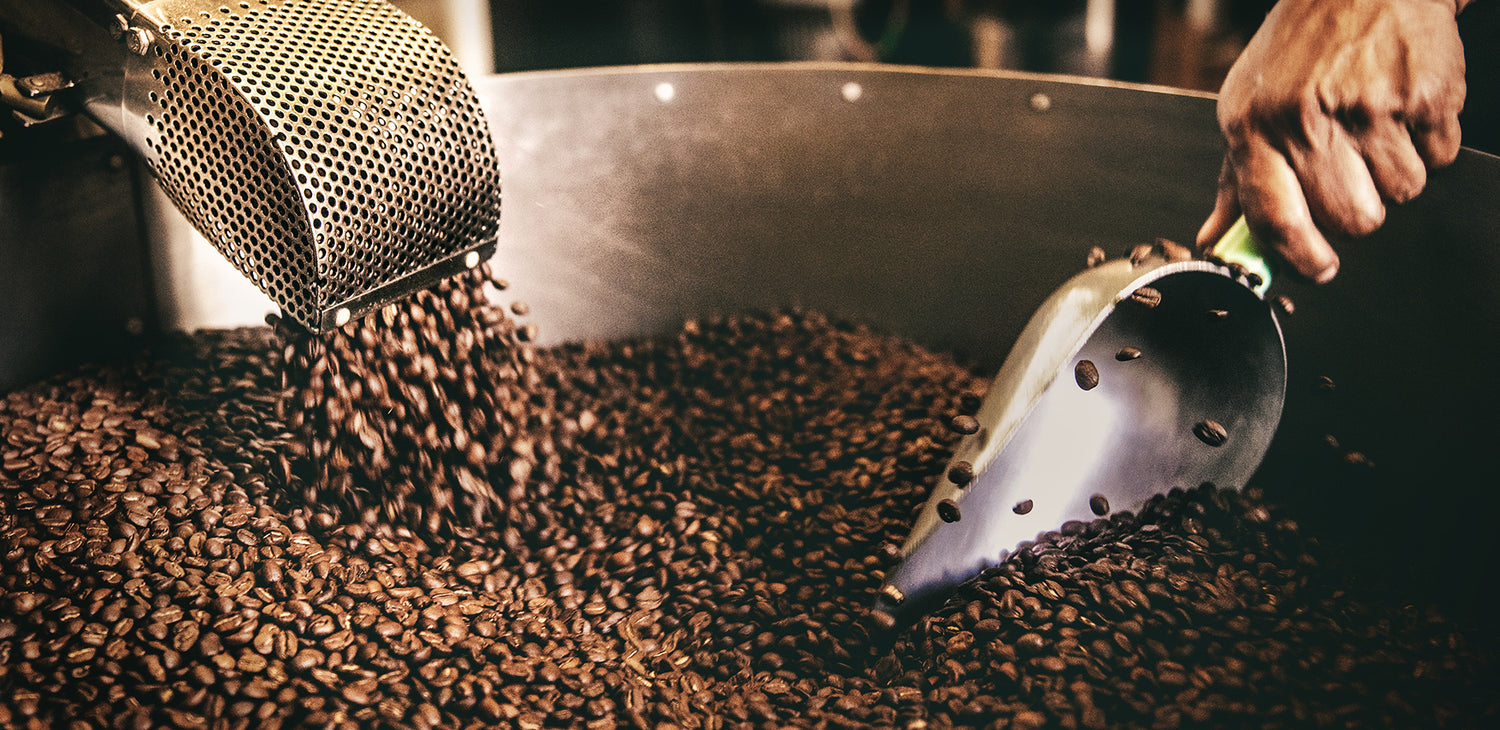About Indonesian, Asian, and Pacific Coffee
-
The Indonesian, Asian, and Pacific part of the coffee belt is the most diverse section. Since these regions are not connected by land like the others, they are generally lumped together. This region stretches from the islands of Hawaii to the hills of Western Asia, and everything else in between.
Indonesia has one of the oldest coffee industries in the world. After taking off in Africa and Arabia, plants were brought to the area by colonists that helped spread and promote the production. This leads to many traditional production methods that are still used today and contribute to the region’s unique tasting characteristics.
5 Popular Indonesian, Asian, and Pacific Coffee Growing Regions
Papua New Guinea
Coffee was first brought to Papua New Guinea by British and German colonists in the early 1900s. They requested Jamaican Blue Mountain seeds which ended up being a perfect match for the climate of the island. Coffee production started taking off in the 1930s and they are now the 17th largest producer of coffee in the world.
Typically coffee from this region is washed to remove the extra pulp from the coffee fruit. This gives the coffee a low-toned richness, earthy flavor, and low acidity. The coffee is also known to release more of its natural oils than others, which starts to come out as early as medium roasting.
Hawaii
Hawaii is synonymous with Kona Coffee. While that is the most famous and widely available variety of Hawaiian coffee, it is far from the only one. Coffee was first brought to the island in 1813 but didn’t see a boom until they started growing the bourbon variety plant in the late 1820s. This was the birth of Kona coffee and today many farmers are descendants of those early pioneers.
Coffee has now started to be grown in other parts of Hawaii. While most are still grown on the Big Island, Puna, Hamakua, Hilo, and Ka’u are starting to make names for themselves and producing more coffee each year. Ka’u even recently placed 6th place in an SCAA international cupping contest.
Sumatra
Sumatra is one of the largest islands in Indonesia and its coffee industry can be traced back to about 1884. Much of its unique characteristics is due to their traditional “wet-hulling” processing. This primitive form of processing leads to a more earthy and less acidic taste.
These tasting characteristics typically lead to the beans being roasted dark to extenuate the natural tones. While Sumatra has always been a famous roast, Starbucks certainly helped boost its profile with its Sumatra roast. Sumatra has found a strong footing in the coffee industry and it will be a long time before they lose that spot.
Java
Java is a word that goes so hand in hand with coffee that most people aren’t aware that it is an Indonesian island. In the very early days of the coffee trade, bags would arrive simply with the word “Java” stamped on them and it became a slang term over the years. Oddly, the term “Mocha” is also related to Java as the two origins were commonly blended.
Java is not as popular as it once was. The biggest reason for that is the plants have been heavily affected by the disease called “Coffee Rust”. They have been fighting it for decades, but unfortunately have yet to recover. The disease affects plants all over the world and is a major threat to the coffee industry.
Bali
Coffee from Bali is a newer addition to the gourmet coffee market. Its roots go back to 1906 when the Dutch colonized the nation and were controlled by Japan during World War II. These days the island has regained control of itself and has made great strides for their coffee production.
While most coffee from Bali is not Organic certified, the trees themselves are often organically grown with manure from local farms. They also use shade-growing to reduce the amount of water used in production. While Bali coffee hasn’t caught on worldwide, it is heavily sought after in Japan due to their quality processing and the translucent emerald-colored coffee beans.
Explore The Coffee Regions Of The World:
Indonesian, Asian, and Pacific Coffee
SINGLE ORIGIN COFFEE BEANS

